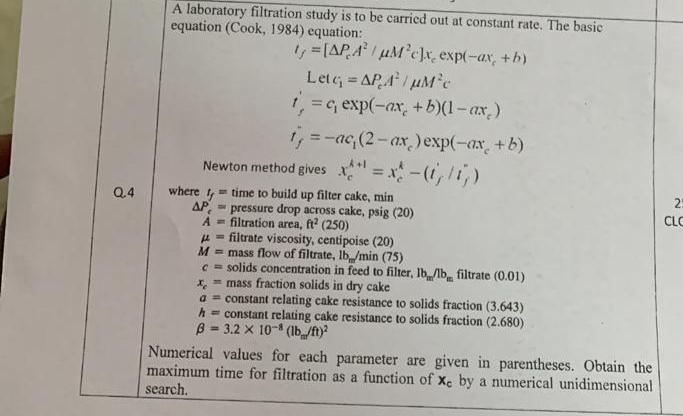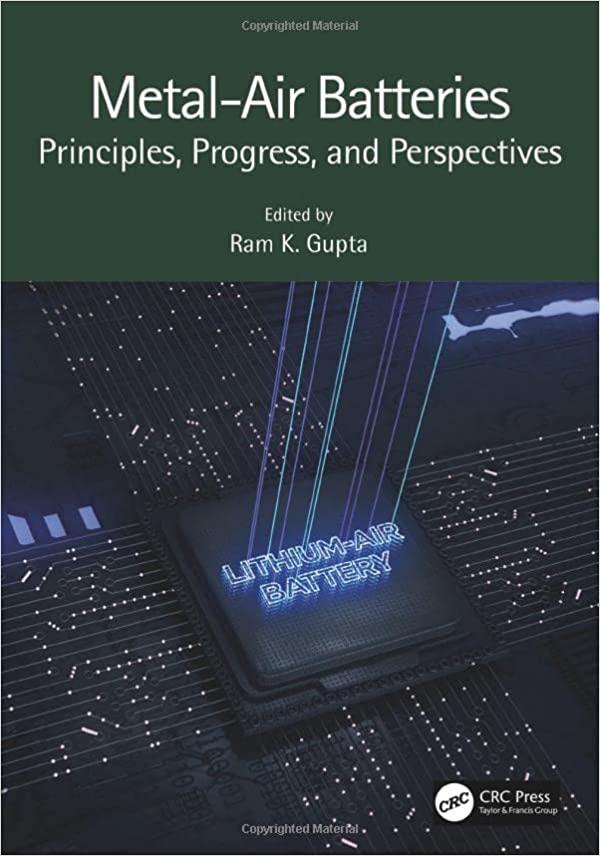Answered step by step
Verified Expert Solution
Question
1 Approved Answer
A laboratory filtration study is to be carricd out at constant rate. The basic equation (Cook, 1984) equation: tf=[PcA2/M2c]xcexp(axc+b)Lelc1=PcA2/M2ctf=c1exp(axc+b)(1axc)tf+=ac1(2axc)exp(axc+b) Newton method gives xck+1=xck(if,lf) where tf=

Step by Step Solution
There are 3 Steps involved in it
Step: 1

Get Instant Access to Expert-Tailored Solutions
See step-by-step solutions with expert insights and AI powered tools for academic success
Step: 2

Step: 3

Ace Your Homework with AI
Get the answers you need in no time with our AI-driven, step-by-step assistance
Get Started


